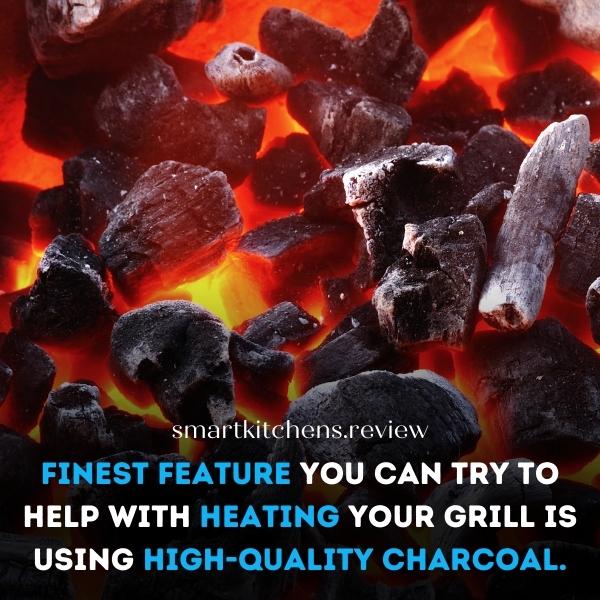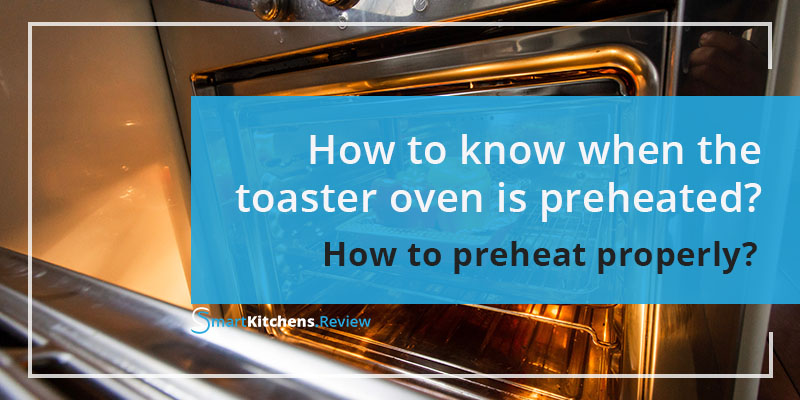Seasoning charcoal is another name for healing or curing. It aids in removing dirty, poisonous substances and pollutants. And the grill chamber provides a strong coating that protects the grill from substantial rust.
This process takes one to two hours to complete, which can add up to a few years. Simply put, it’s a process of greatly improving its performance and heating and oiling the grill. This is a very important process to cook your meals better and protect your grill from rusting.
Reasons for Seasoning Charcoal Grill:
- To use and save your brand new grill.
- To make cleaning and maintaining your grill a breeze.
- For importing a better flavor.
- To improve your grill operating life
- Coat everything
How to Season Your Charcoal in Some Easy Steps?
- Select the Cooking Area
- Remove the Grates
- Brush the Grates
- Wash and Dry the Grill
- Oil on Grates
- Wipe off Excess Oil
- Apply Oil to Pit and Lid
- Fired up and Pre-heat the Grill
- Recoat
- Cool Down the Grates
Some Additional Tips for Seasoning Charcoal Grill:
- Proper Area
- Grill Brush
- Putting Coal
- Adjust the Temperature
- Ash Handling

Reasons to Seasoning Charcoal Grill:
If you are still confused about seasoning a charcoal grill, let’s discuss the reasons for seasoning a charcoal grill.
1. To use and save your Brand New Grill:
With a brand-new charcoal barbecue, you have to deal with a variety of safety and sanitary concerns. To have a better taste for a longer time period, increase the lifespan, and save it from rust, the seasoning can help you a lot.
2. To Make Cleaning and Maintaining Your Grill a Breeze:
Everyone loves smoked and grilled food. But in undertaking the cooking and post-cooking cleaning chores, few show the same willingness and eagerness they have for consuming a juicy smoked steak.
People simply put off or change the plan of having a grilled food festival just because of all the effort it takes to cook and clean. By seasoning your charcoal grill repeatedly, you can ensure that using and cleaning it won’t appear to be an enormous task.
Grill grates comprise an iron cast, which is a good heat conductor and residence for a red charcoal flame. However, it has one downside.
For example, it’s porous. By using this charcoal, again and again, it absorbs fats, oils, and charcoal emissions, which affects the nonstick features, which are more important for delicious food and for cooking well.
Without it, it does not cook better. Seasoning is the best way to cover and requires its nonstick feature.
3. For Importing the Better Flavor:
One reason grilled foods taste so delicious is their re-seasoning. All the juices and lubricants that drip down the grates, lids, and pits are vaporized by the high heat and get marinated in the grilled item again.
When you keep your charcoal grills grate greased and lit, it helps your food take on the distinct favor of grilled. And one thing keeps in mind is that affects your health.
4. To Enhance Your Grill Operating Life:
For keeping your grill well, you want to operate your grill many times. When you season your grill regularly, it lasts longer and works better. This shows that you can gain the same uncompromised grilled taste for a long time now, which is good.
Regular seasoning stops the grating from rusting and keeps it shiny and usable for a long time, so it’s important to do it.
5. Coat Everything:
We prefer to season the entire grill and smoker, rather than just the grates. Dip your brush and coat into the seasoning sauce and coat interior parts, e.g. lid, nuts, and bolts.
I did not coat the specific parts. It’s necessary to coat everything included in it.
How to season a charcoal grill in Some Easy Steps?
Follow the steps to season your grill effectively.
Step # 01: Select the Cooking Area!
Before starting your seasoning, and it’s crucial to select an appropriate area for grilling. Select an outdoor space that is clean and properly ventilated and then put your grill there.
Try to avoid seasoning in places that are polluted or have a lot of people, both for your own safety and to make the seasoning process go smoothly.
Even a slightly dusty or polluted area can affect food taste and can cause rust on your grill.
Step # 02: Remove the Grates!
The grating can now be lifted. Sometimes, the grates can be easily removed, but in others, they may be held inside the grill. This means you’ll need to enter your grill to access them. Wear rubber gloves to keep dirt and sharp edges off your hands.
Step # 03: Brush the Grates:
A grill brush is necessary to clean the grates of any food or debris that may have accumulated there after the last time they were used. Grills should be completely cleaned and brushed on both the interior and outside.
If many precipitates remain even after hardly brushing, you can soak the grate for about fifteen minutes in warm soapy water. That will help to remove any continued stuck-on particles.
Step # 04: Wash and Dry the Grill!
After you’ve brushed the grates, wet a sponge and clean them with a cleaner. New grills can be cleaned easily with water.
Using this step removes any chemical coating used in this manufacturing process.
When using the used grills, you need dishwashing liquid, which is specially made for washing the grills. And after rinsing the grates, carefully use a towel to dry the grates as well.
Step # 05: Oil On Grates!
For oiling on the grates, use a paper towel or soft-bristled brush on the surface of the grates. You can also lubricate the grates with an oil spray bottle. Use it instead of a paper towel.
An elevated steam point oil such as canola or grapeseed would be ideal because coal can be burned for up to two hours at a time.
Step # 06: Wipe off Excess Oil!
It is necessary to clean the extra oil when you use it for oiling the grates because it will drip down the grates and hamper the even coating.
On high heat, this excessive oil makes the grease catch fire. Therefore, always wipe away spare oil with a towel.
Step # 07: Apply Oil and Pit and Lid!
Applying oil inside the pit and lid thoroughly is necessary and a good step to covering the entire interior of the grill.
The iron grill’s pores will be pierced by this process, causing it to harden. It also produces a non-sticky glaze that enriches the flavor of food frequently.
Step # 08: Fired up and Preheat the Grill!
As a result, preheat your grill for 15 minutes and get your grill to a good heat. Add enough briquettes that will keep the grill going for about two hours so that it can start.
Burn them until the center revolves red, and the outside is covered in gray ash.
Step # 09: Recoat!
Recoating is the final step and once cooled and reapply, the coating. It’s very crucial to repeat it as such an oil cover prevents rusting.
Step # 10: Cool Down the Grates!
After 40 minutes of high heat, you’ll see that your grates’ color changes, from dark bronze for stainless steel to glossy black for cast iron.
Such signs are perfect for developing a non-slippery surface. As a result, switch off the stove and allow the grate to cool completely.







